Building a Worship Streaming System
Building a Scalable Worship Streaming System
Very few churches can dive right into live streaming worship services. In the best possible scenario, a church would start with an assessment of long-term needs for live streaming and in-house audiovisual. The church would then build an integrated system that would last for years and be easily upgraded or expanded as needed.
Unfortunately, that is not often how things work. Most churches have to start small and slowly build excitement and momentum behind a live streaming ministry. Initial setups usually begin with things that are already available at the church supplemented by the least expensive components available.
Starting small and with a low budget is not a bad thing. It is often just the reality of introducing new technology to the church. However, even when the budget is tight, it is worth spending some time thinking long-term. Some of the decisions you make now will impact your ability to scale the system down the road.

What Makes a Worship Streaming System Scalable?
Scalability refers to a system’s ability to be expanded or upgraded. When we fail to think in terms of scale, we can end up wasting money on equipment that can no longer be used when we decide to expand. Upgrading and expansion can come in many forms. In the future, you may want to add more cameras for a more immersive online worship experience. You may decide to add more or bigger screens in the worship space or equip an overflow room with audio and video feeds. Choosing the right options upfront can make these enhancements less expensive and less of a hassle.

Cameras
The first thing we tend to think of when preparing to stream live is the camera. The options for cameras are overwhelming. You can get started with something as inexpensive as a webcam or spend thousands for a professional-grade studio camera. Before you invest in that first camera, think ahead to where you might want to be in a couple of years. One of the early upgrades churches tend to make is the addition of more cameras. Multiple cameras make it easy to show different angles throughout the service, quickly switching between wide shots and closeups or moving seamlessly from one musician to another.
The most important thing to consider about cameras is the fact that most on the market require a camera operator. That may seem fine at first. Maybe the single camera will be right next to the soundboard or some other dedicated spot with room for an operator. But what happens when you want to add a second or a third? You may be better of investing a little more upfront and starting with a PTZ (pan, tilt, zoom) camera. The best thing about these cameras is that they can be controlled remotely and can even be automated to run themselves. PTZ cameras also have a compact form factor making them easy to mount in inconspicuous spaces.
 Sound System
Sound System
While a good camera is essential for live streaming, the sound is just as important. If people can’t hear and hear well, it will be impossible for them to have a quality online worship experience. Unless you worship in a very small space with excellent acoustics, your church likely already has a soundboard. That console will become the hub of your live stream audio. If you already have a soundboard, it will probably do for now. If it is an analog board, you can connect an output from it to an audio interface like the Behringer UM2.
If setting up your system involves adding or upgrading a sound system, for ultimately scalability, go digital. Modern digital boards can seem overwhelming at first. However, with a little setup, they are easy to use and offer many scalable options for enhancing your live stream.
One of the first things that you will learn about when dealing with live stream audio is that the mix in the worship space will be different from the mix on the stream. In the worship space, people usually hear some combination of amplified sound and acoustic room sound. At home, people will only hear what is going through the soundboard. And, instead of hearing it through the large speakers in the worship space, they may be listening through headphones.
Modern digital boards make it easier to create separate mixes for the in-house sound system and the stream. Digital consoles equipped with Dante technology offer even more options for routing audio to several locations for different purposes.

Capture & Stream
We now move on to the core of the worship streaming system. Some of the decisions you make here will impact your expansion abilities across all aspects of your system. You may be starting with a single camera and just enough technology to get your service online. But that doesn’t mean you can’t plan ahead and be ready when it is time to expand.
Once you have your cameras, sound system, and any worship presentation software ready to go, you need some way to mix it all together, encode the signal and send it out to the world. There are physical video switchers that are available for part of this work. However, when scalability is essential, software-based solutions can offer nearly limitless expansion possibilities.
You will want to start with choosing your software. There are many options for both Mac and PC and in many price ranges. Some of the more popular options include vMix, eCam Live, OBS, and Wirecast. Any of these can capture and mix all your audio and video signals. The software will encode your signal and send it to YouTube, Facebook, or your CDN (content delivery network.) Also, many of these programs offer the option of assisting you in routing the right video to your in-house video screens.
Once you have chosen the software to run your system, you will need to be sure you have a computer that will support the minimum specifications provided. Then, you can start hooking things up. Depending on the cameras you have chosen, you may be connecting using a capture device like the Blackmagic Design UltraStudio Mini Recorder. Devices like this can connect to an HDMI or SDI connection and then plug into your computer using a Thunderbolt or USB connection.
You may decide to skip that step by using a camera that connects directly to your computer. Options like the PTZOptics 20x Zoom USB Camera simplify setup and operation by attaching via a standard USB connection.

Projection and Display
Once you have everything set to stream, don’t forget about the people who will be experiencing worship in person. Even if you are starting small, it is best to integrate these systems. This integration will make expanding or upgrading much simpler.
Whether you are using in-house displays to give worshippers a closeup view of the preacher, displaying lyrics, or graphically supporting worship in other ways, you will likely be using some of the same video resources as the live stream. Consider how your software and connections will help support both your live stream setup and your in house video. You will save money and hassle down the road.

Overflow Displays
One of the best parts about creating a scalable worship streaming system is that it can help you scale your in-person worship as well. While you are streaming to people at home, you can also stream to people right down the hall.
Churches that face overflow crowds on Easter, Christmas, or funerals can quickly turn any room into an overflow room. Even if you are not ready for an overflow room or don’t have the budget right now, creating your streaming system for scalability will make this an easy option when you are ready.
Conclusion [Slideshare]
Here is a simple conversation that many worship leaders end up having regarding their worship streaming systems.
What do you want to accomplish?
- We want to increase the production value of our services by sending live video and graphics to multiple screens.
- We want to live stream our church services, to increase our audience and spread the good word!
- We want to record our sermons, and upload them to Vimeo or YouTube, so that our house-bound parishioners can watch them at home.
How many cameras do you want? Will you have camera operators?
A church just starting out may only need a single camera. Others may want three to five, or more… If they don’t have employees or volunteers to operate these cameras, the conversation turns to PTZ cameras (Pan, Tilt and Zoom). You may want to consider the scalability of your system. Can you easily add cameras in the future? Can you easily add additional video inputs or outputs later on?
How is your Audio?
You can have the greatest video in the world and bad audio will make the entire stream a wasted effort. It could be that a simple microphone upgrade could significantly improve your audio results. You may need a more powerful transmitter to counteract signal loss.
How is your lighting?
Any camera can benefit from good lighting. A common problem is not enough light. Without enough light the cameras will compensate with larger aperture and additional gain which will increase the image noise. Another frequent issue is that of mixed color temperatures. If you have tungsten lighting in your chapel, plus natural light from windows you have a clash of kelvins! You can either invest in drapes/shades to block out daylight or replace interior lights with daylight fixtures to color match each.

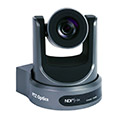
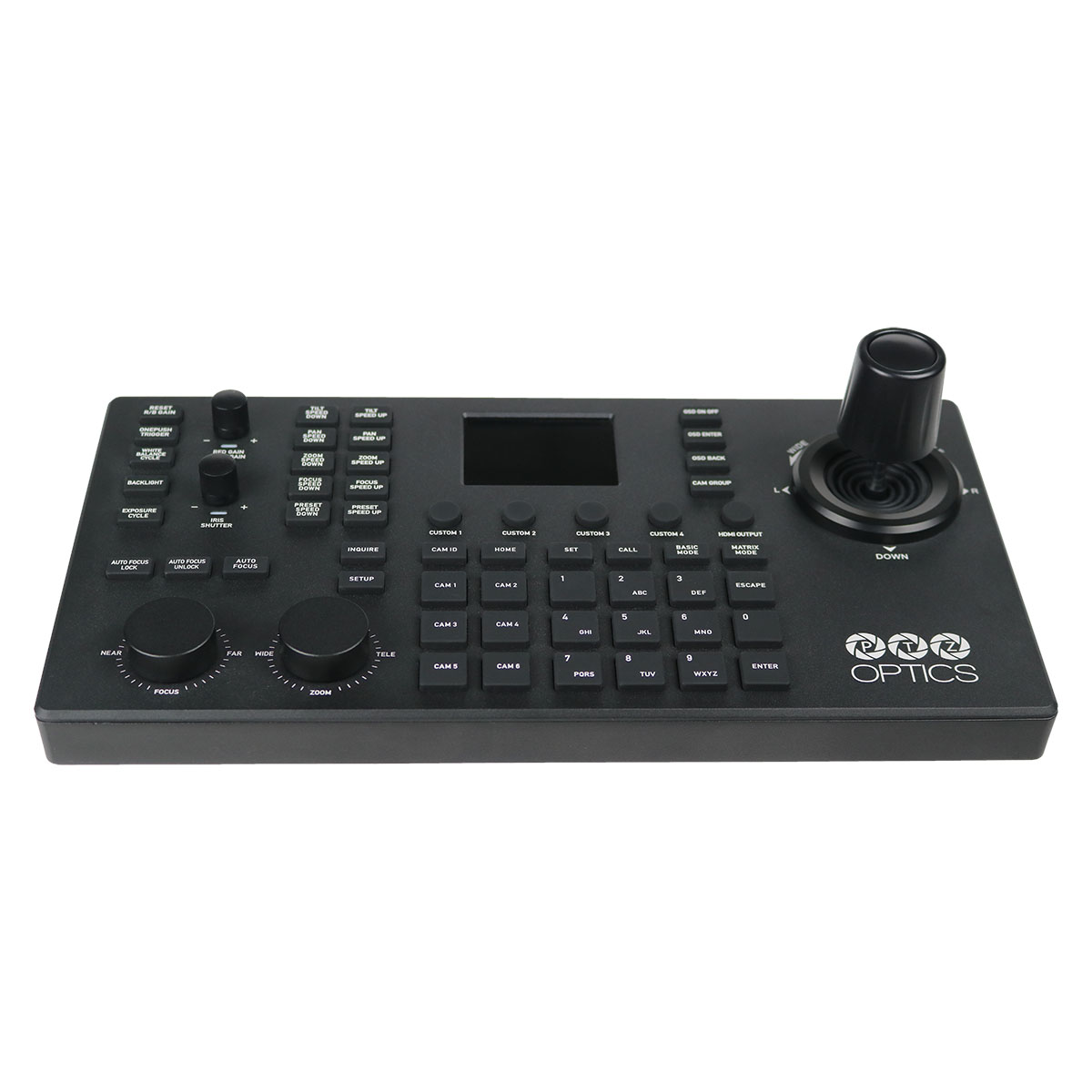
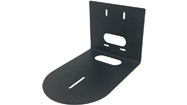




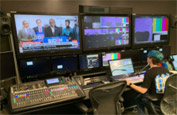

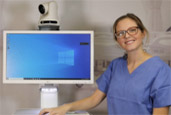
 Sound System
Sound System





